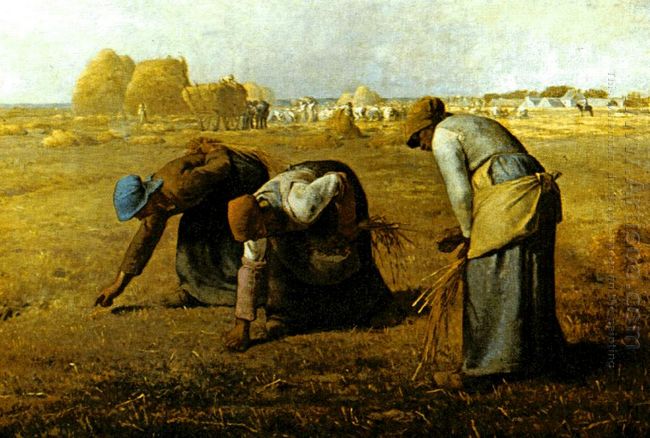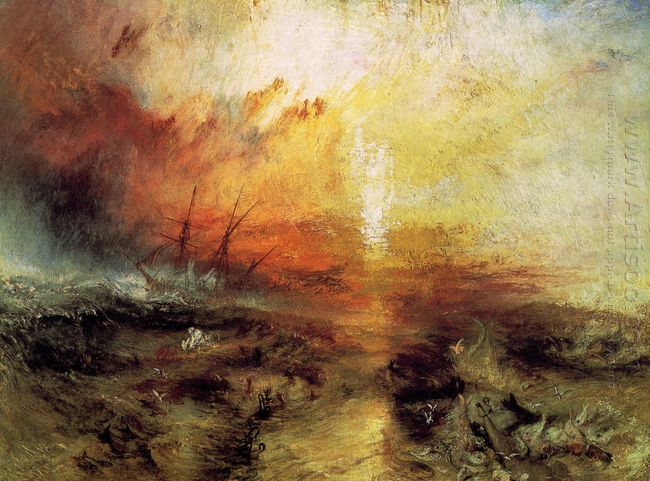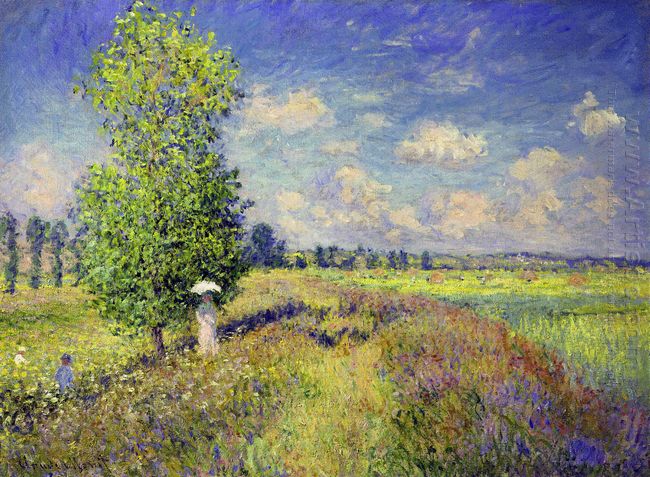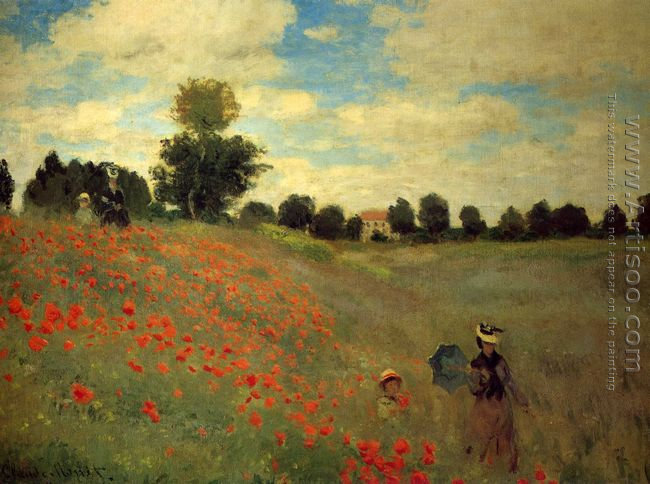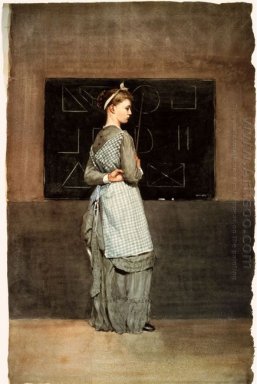When The Gleaners was just created, the subject itself was enough to spark a revolution. After its exhibition at the salon, it immediately aroused widespread concern in the media. Some critics thought that Millet had a clear political intention. The farmer's working on the painting was to convey their hardships. And such painting being showed at the Paris salon was undoubtedly the underlying challenges and demands to the upper class.
Some people ridiculed Jean Francois Millet's works implied the revolutionary violence of peasants. Facing various radical evaluations, Millet defended his art in a letter. Some people said Millet denied the beautiful scenery in the countryside. But for him, he found a more magnificent thing—the everlasting beauty. Seeing those small flowers the Christ had talked about, what he dressed in his glory stage was inferior to a lily flower in the mountain forest. Millet believed that, art was a mission of love, not hate. When he showed the suffering of the poor, he was not intended to show the hatred for the rich. What he did was just to try to find out how to use the ordinary small things to perform noble mind, because that was the real power.
But the performance of all harmonious and natural things not only needed the hands of eyes of the artist, but also his entire body and mind. An art defender of Millet, Julie Cattily described this painting, "Modern artists believe a beggar sitting on the light of the day is more beautiful than the king on the throne. This painting makes people produce terrible anxiety. It is unlike painting of Courbet becoming the passionate political speech or social essay. On the contrary, it is just a piece of art, very beautiful and pure, independent of outside remarks. Its subject is very touching, and accurate; but it is painted as frank, making it high for general partisan debates, so there is no need to lie. Without the use of exaggeration, it shows a true and great natural text, like Homer and Virgil's poems."

